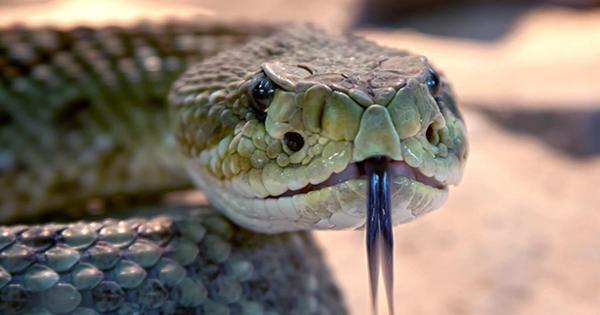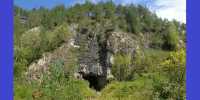A catastrophic extinction catastrophe is the ultimate “out with the old, in with the new.” When the dinosaurs died, it freed the way for a diverse range of mammals and birds to emerge from their forebears. According to new research, this flood of species had a significant impact on snakes, which saw an explosion of diversity in the absence of dinosaurs. They started eating fish, birds, and even small animals after being restricted to a diet of largely insects. The new study, which was published in the journal PLOS Biology, looked at how the K-Pg mass extinction event, which happened 66 million years ago, affected snakes’ lives. Researchers compiled a snake diet dataset with 34,060 observations from 882 species.
They were able to reconstruct a timeline of how snake diets altered following the K-Pg event using mathematical modeling, demonstrating that it was a period of great diversification. They progressed through Earth’s history, starting with the common ancestor of all current snakes, a slithery creature that only ate insects. They saw that as time went on, new prey items added to the diets of emerging snake species. Snake meal included fish, birds, and mammals, all of which were growing and diversifying at the same time as the insects.

The researchers noted, “The Cenozoic is widely referred regarded as the ‘Age of Mammals’ because of the astonishing diversification of mammals.” “However, with nearly as many snake species as mammals, the Cenozoic might as well be known as the ‘Age of Snakes.'”
As new ecological niches opened up in what the authors refer to as the “eco-space,” these reptiles slithered into them like snakes, bringing with them new opportunities to feast down on the newcomers – be they winged, warm, or wet. As new opportunities arose, so did their ecospace expansions, but as live snakes indicate, the lifestyles that resulted from this diversification explosion were rich and delectable.
In a statement, research author Michael Grundler of the University of California noted, “Much of the amazing ecological diversity in snakes appears to originate from evolutionary bursts caused by ecological opportunity.” “We detect a huge burst of snake food diversity following the dinosaur extinction, and we also find that snakes commonly suffer comparable spurts of dietary diversification when they arrive in new places.” So, what are on the menu, boys?















